Looking at your iPhone right now, you're probably carrying around some seriously powerful satellite technology without even realizing it. Most of us think of it as a phone, a camera, an internet machine. Starting with iPhone 14, it can talk to satellites and, in the right moment, save your life. Here's the catch, it isn't available everywhere, so knowing where it works matters if you travel or head into patchy coverage.
Apple's satellite journey began in late 2022 when they launched Emergency SOS via satellite with the iPhone 14. What started as a basic emergency tool has grown into a broader off-grid toolkit. The company recently made headlines by extending free access to these satellite services for iPhone 14 and 15 users through November 2026, marking the third such extension since the original launch. This extension isn't just corporate goodwill, it reflects Apple's substantial $450 million investment in satellite infrastructure through their partnership with Globalstar, a sign they want satellite connectivity to be a pillar iPhone feature, not a party trick.
Where Apple's satellite features actually work
Now, the practical bit: where can you actually use these features? Despite satellites orbiting the globe, Apple's connectivity depends on regulatory approvals and partnerships that limit where the magic works.
Currently, the feature is available in the United States, Canada, France, Germany, Ireland, United Kingdom, Australia, Austria, Belgium, Italy, Luxembourg, Netherlands, New Zealand, Portugal, Spain, Switzerland, and Japan. Solid coverage for many travelers, not global.
Here's the wrinkle: availability depends on the specific feature. While Emergency SOS works across all supported countries, Messages via satellite is only available in the US, Canada, and Mexico. Hiking in the Swiss Alps and want to send a quick “I'm okay” via satellite? No dice. Need emergency help? That still works.
PRO TIP: Before an international trip, check Apple's support pages for the latest country list. Coverage is expanding as approvals roll in.
One more caveat that can bite you permanently. Apple has made it clear that iPhones purchased in Armenia, Belarus, China mainland, Hong Kong, Macao, Kazakhstan, Kyrgyzstan, and Russia do not have satellite connectivity features at all. This is not just a paperwork issue. Those units ship without the satellite functionality, no matter where you take them.
What satellite features are available on your iPhone
The satellite capabilities on iPhone 14 and newer models have grown from emergency-only to a genuinely useful safety suite.
Originally, the service focused on Emergency SOS via satellite, a way to contact emergency services when you have no cellular or Wi‑Fi coverage. Think of it like a personal locator beacon built into your phone, complete with a guided questionnaire that gives responders the right info quickly.
With the rollout of iOS 18, the toolset expanded to include satellite messaging, Find My via satellite, and roadside assistance. Powered by Apple's partnership with Globalstar, you can text loved ones off-grid, share your location with people already tracking you, and get help if your car dies in the middle of nowhere.
The system has already proved itself. Apple's current service has already saved lives, with multiple documented rescues thanks to satellite SOS messages. A notable example occurred this past summer when Apple's satellite texting features saved an injured climber in Colorado who used satellite messaging to contact family members when he was injured and unable to walk out on his own, and rescuers said it took 17 people to get him to safety.
What makes it feel natural is the integration. Satellite messages live in the regular Messages app. Find My updates behave like usual. The SOS flow walks you through a quick questionnaire, then sends the distress call with the key details.
How to check if your device is eligible
Before banking on satellite backup for your next off‑grid trip, double‑check eligibility and timing.
You need an iPhone 14 or later (all models) with iOS 18 or later. That includes the iPhone 14, 14 Plus, 14 Pro, 14 Pro Max, iPhone 15 series, and iPhone 16 series. Older than iPhone 14, the hardware simply is not there.
All iPhone 14 and newer variants have satellite communication functionality that is free for two years after activation. The extension adds a timing twist. The free trial extension applies to iPhone 14 and iPhone 15 users who have activated their device in a country that supports Apple's satellite features prior to 12 a.m. PT on September 9, 2025. Activate after that, and you follow the standard two‑year window from your activation date.
Want a dry run without triggering anything real? Users can test out these satellite features on their iPhones by heading to Settings and selecting the demo options for Emergency SOS and Messages via satellite. For Emergency SOS, go to Settings > Emergency SOS, then scroll to Try Demo. For satellite messaging, open Settings > Apps > Messages, then scroll to Satellite Connection Demo.
Understanding the technical limitations
Impressive as it is, satellite on a phone has real constraints. It is not cellular, and it does not behave like it.
Apple's satellite system uses Globalstar's LEO satellites (positioned about 1,400 km above Earth) with custom hardware and extremely low bandwidth, delivering just a few bytes per second and requiring the user to point and hold their phone toward the satellite for about 15-30 seconds per transmission. It is not instant messaging as you know it, each transmission takes careful phone positioning and a little patience.
Messages sent via satellite are heavily compressed and limited in length, with no support for pictures or videos. Text only, and keep it short. Reliability and battery efficiency come first.
Geography matters more than with cell towers. Apple's support pages note that it might not work above 62 degrees latitude, which includes the northern parts of Alaska. Arctic goals, bring another plan.
Weather and terrain matter too. You need a clear view of the sky, and heavy clouds, dense canopy, or canyon walls can slow or block messages. Still, in good weather conditions, users may be able to send and receive messages using Emergency SOS via satellite in as little as 15 seconds, which feels quick when you see it in action.
What happens when the free period ends?
Big question, right, what happens when the free period ends, and what will it cost? Apple's pricing here will shape how the rest of the industry plays it.
The implication is that Apple will eventually charge a fee for the features, but it has yet to confirm such a plan, and it is unclear what pricing would look like. For iPhone 14 owners who purchased their devices in 2022, whose free trial was set to expire in 2024, the recent extension means uninterrupted access until November 2026.
Apple is keeping its cards close to the vest, leaving the door open to either eventual paid plans or perhaps permanent free access, at least for life-saving functions. The repeated extensions suggest they are trying to balance accessibility with profitability, especially for features that can determine outcomes in emergencies.
Given Apple's substantial investment in satellite infrastructure and the ongoing costs of working with Globalstar, some kind of subscription feels inevitable for non‑emergency features. Basic Emergency SOS could well remain free as a public safety service, while general messaging, roadside assistance, or enhanced sharing might move to a paid tier.
The pattern of multiple extensions hints that Apple is still refining the model, maybe even waiting for industry norms to settle. For now, if you have an eligible iPhone activated before the September 2025 cutoff, you have free satellite connectivity through late 2026 to watch the tech, and the pricing, shake out. If I had to guess, SOS stays free, extras get a price tag.




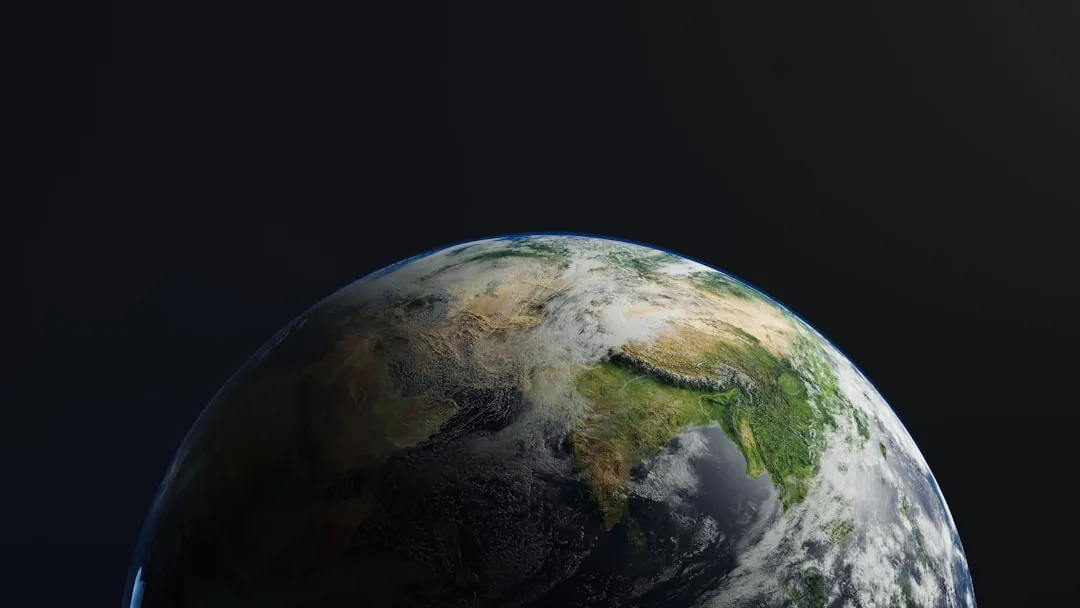


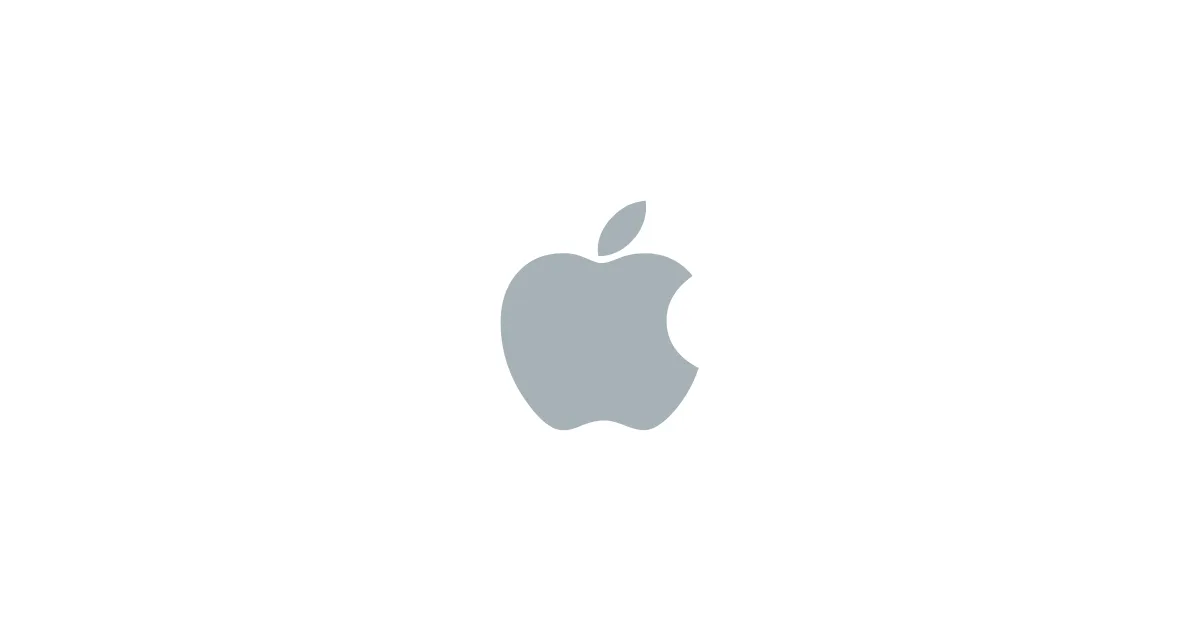
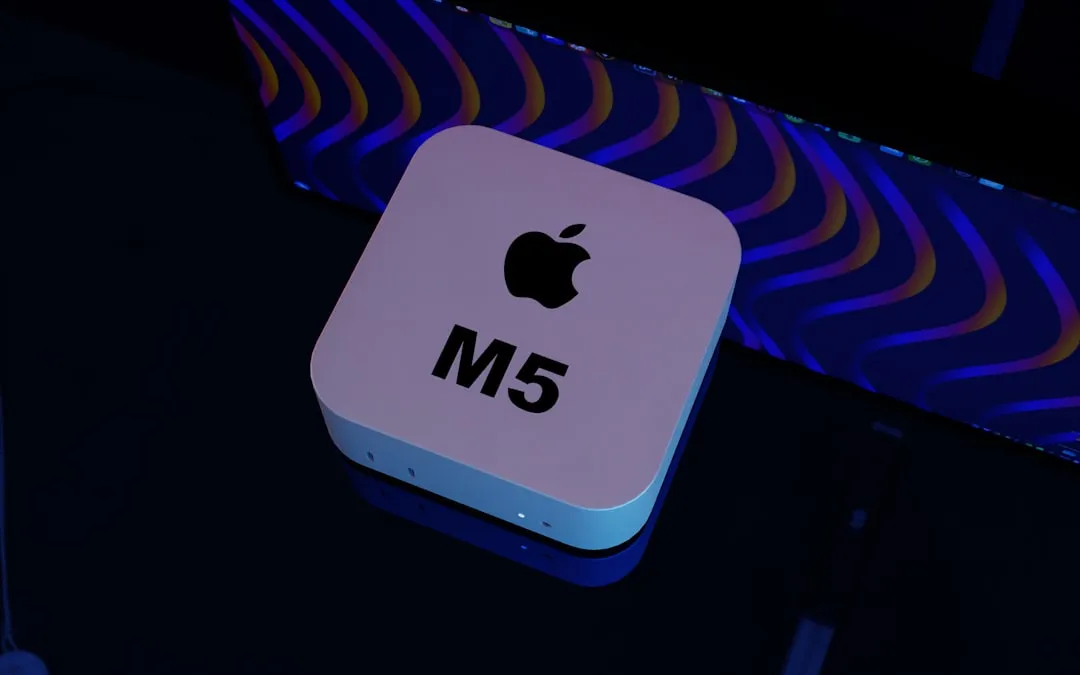
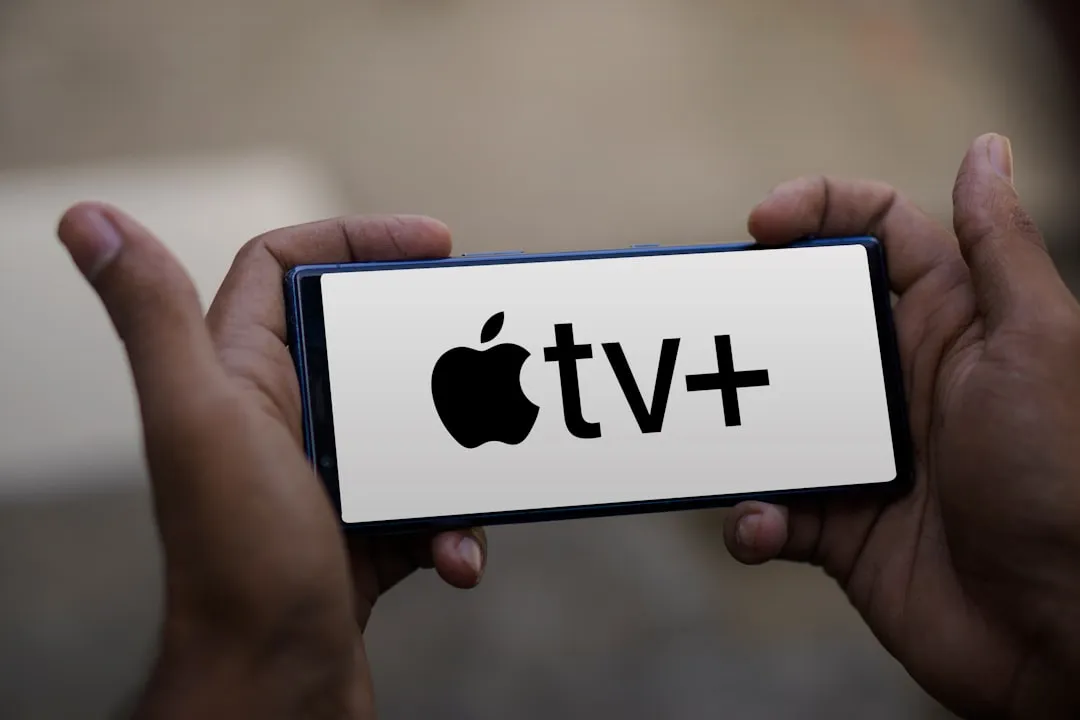
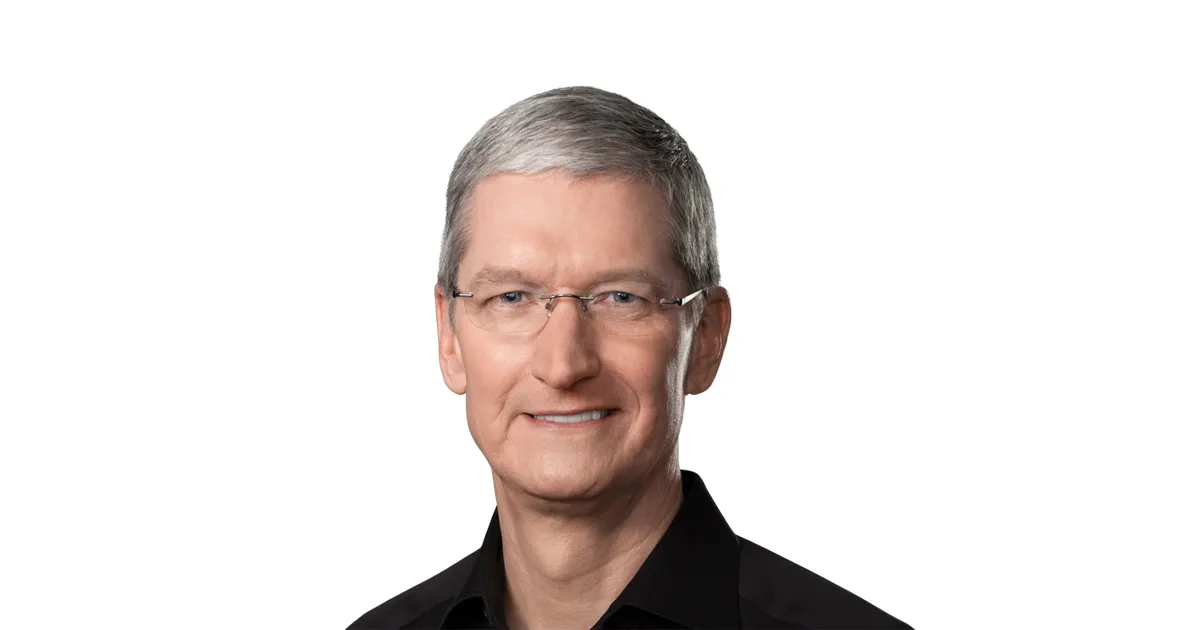
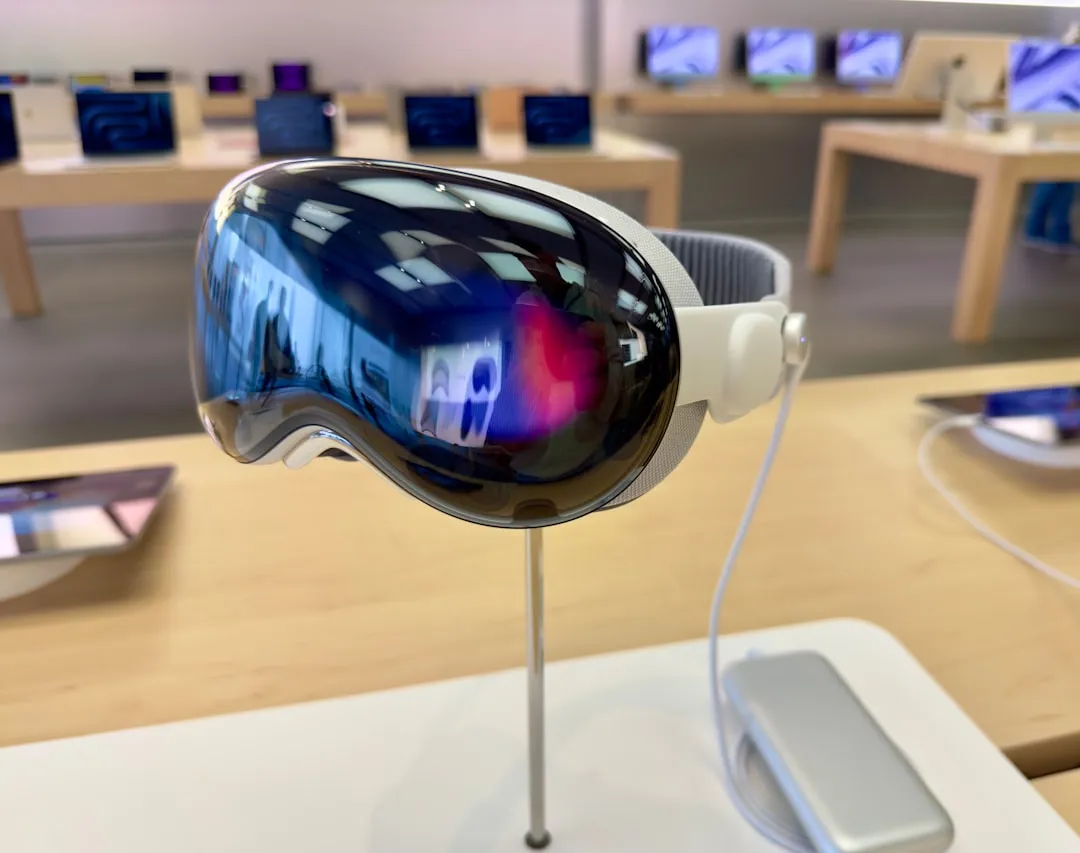
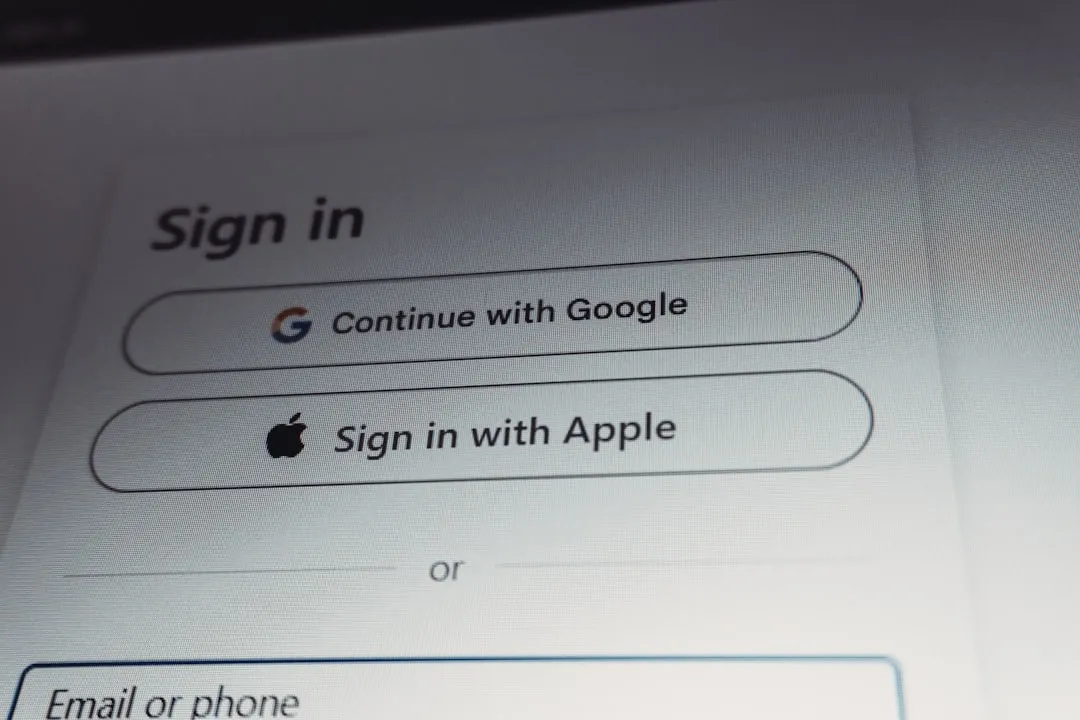
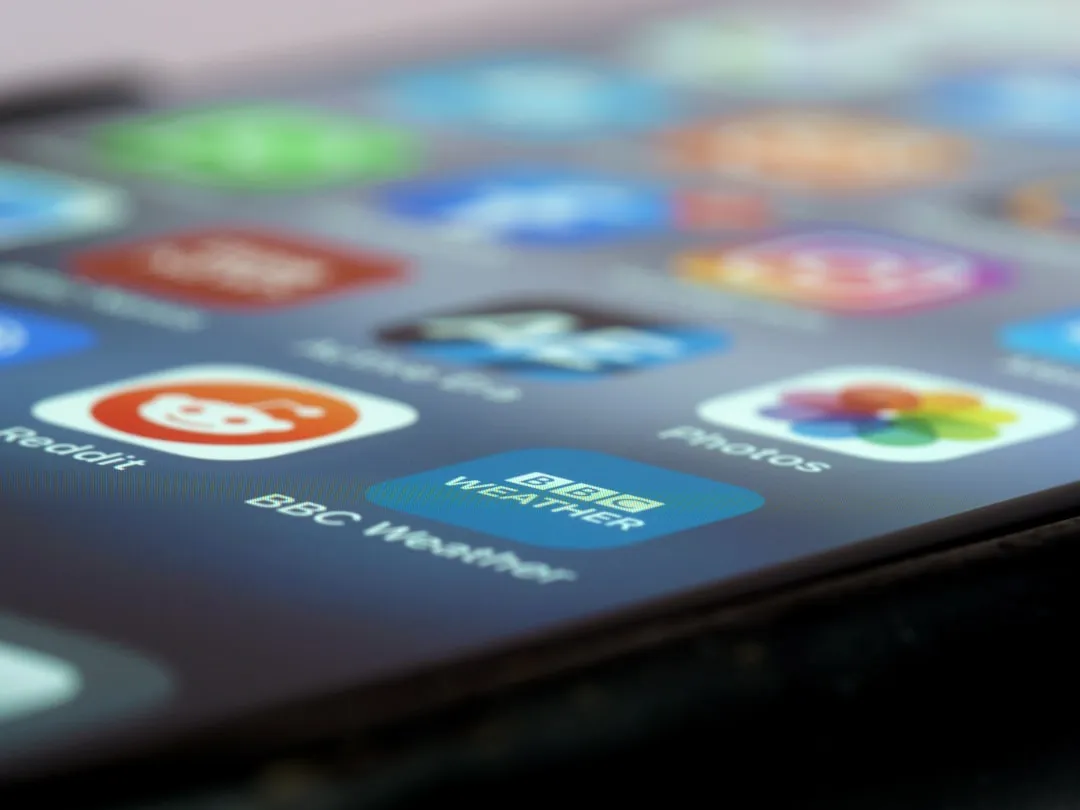
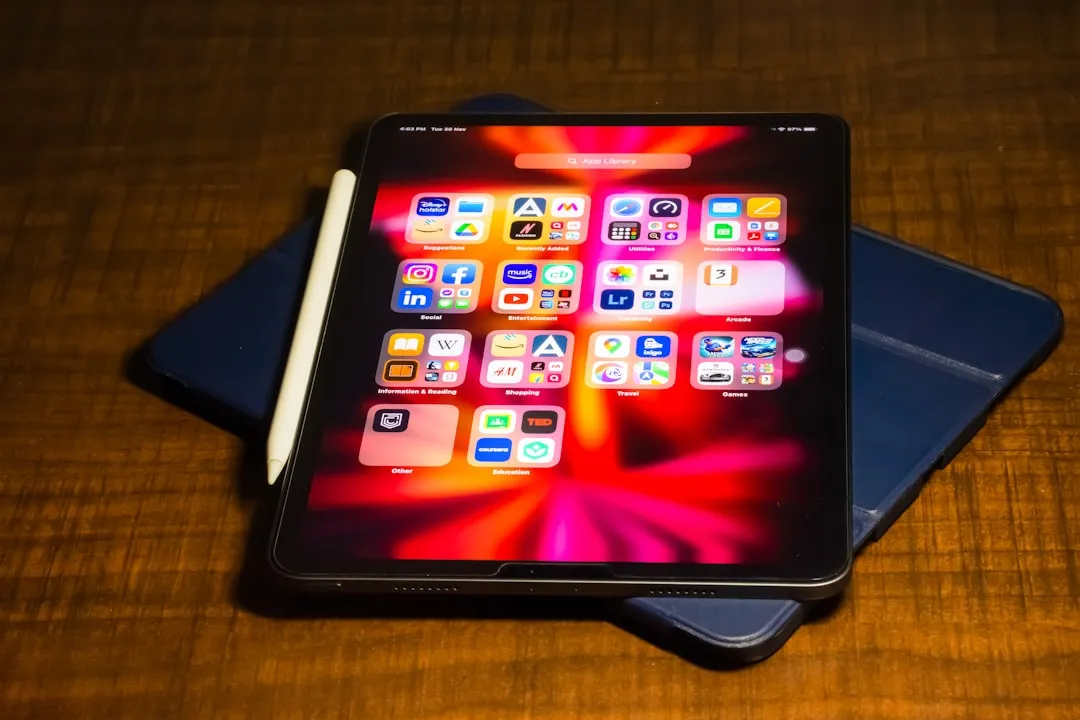
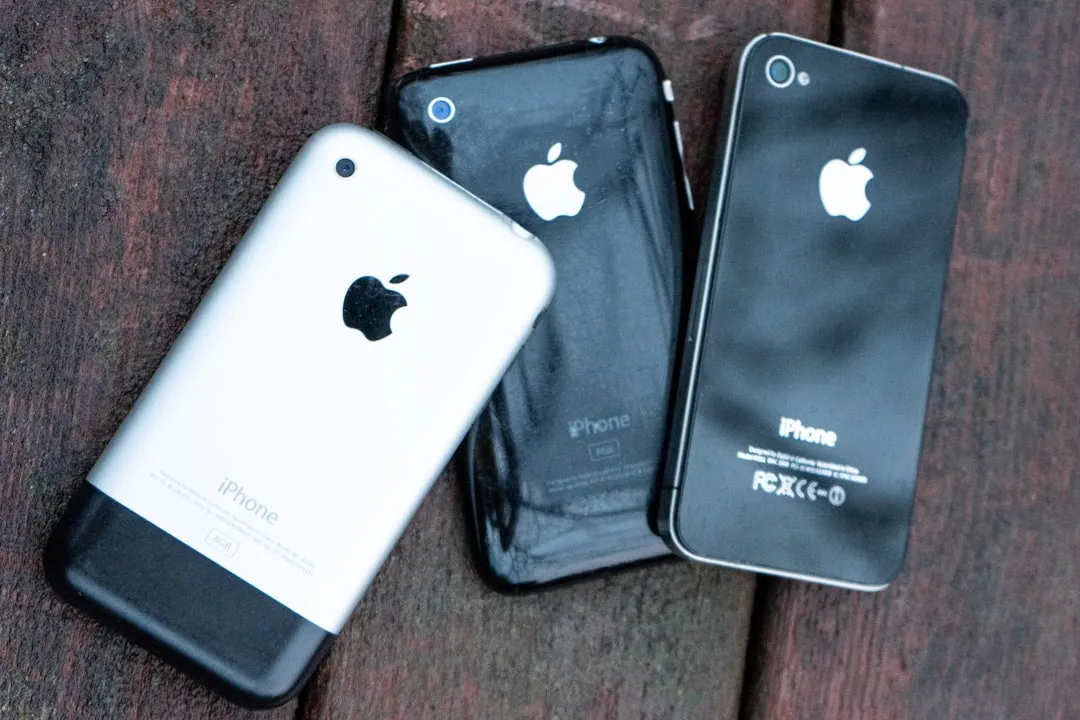
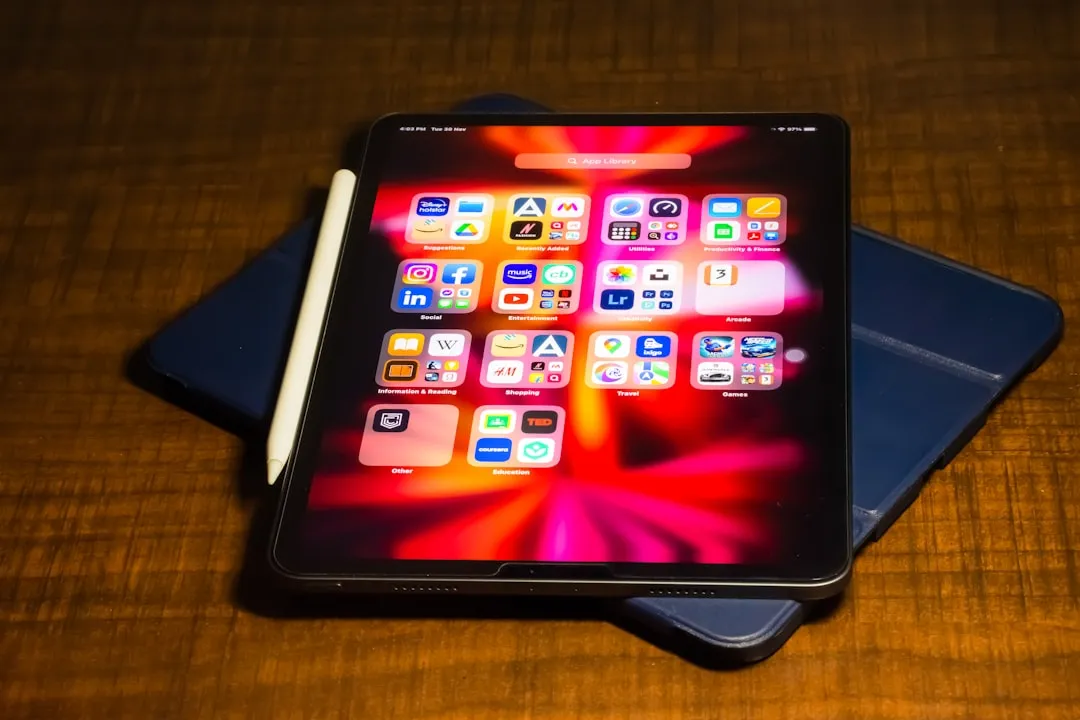

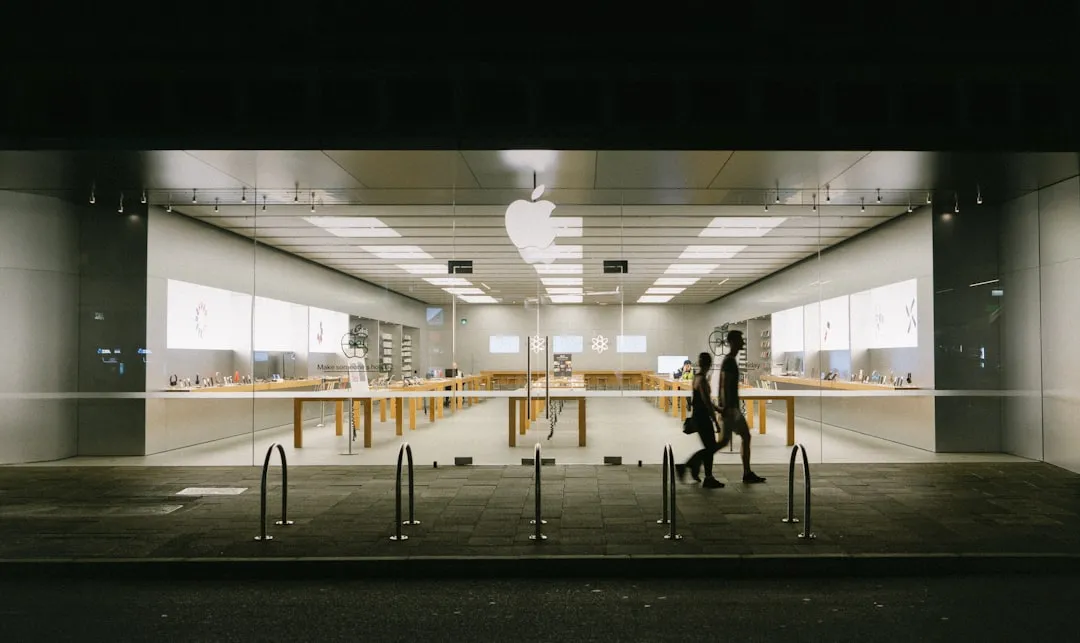
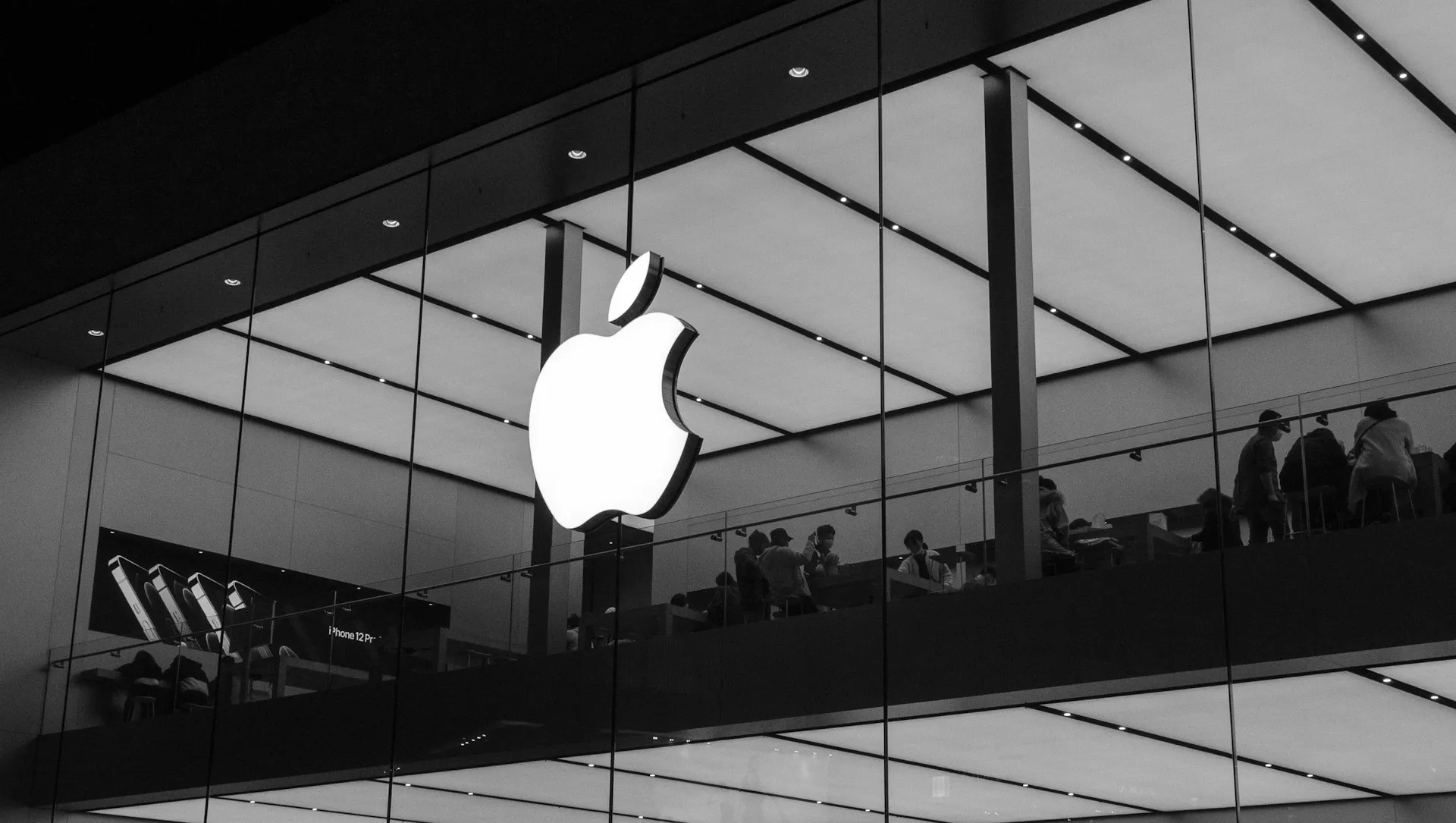
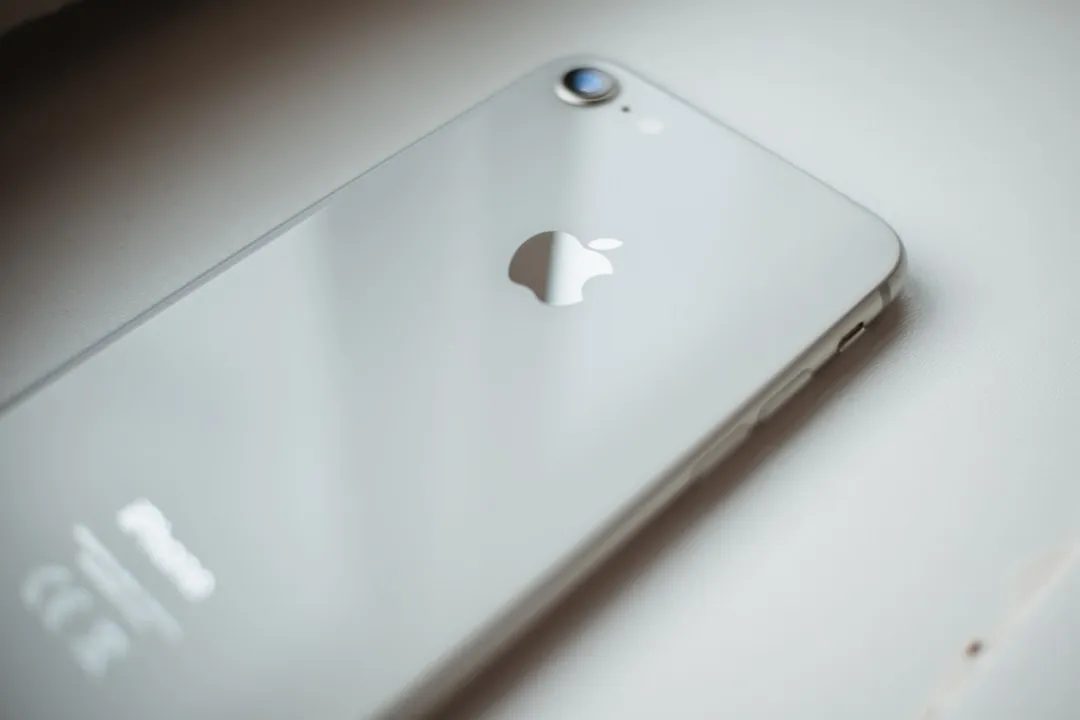
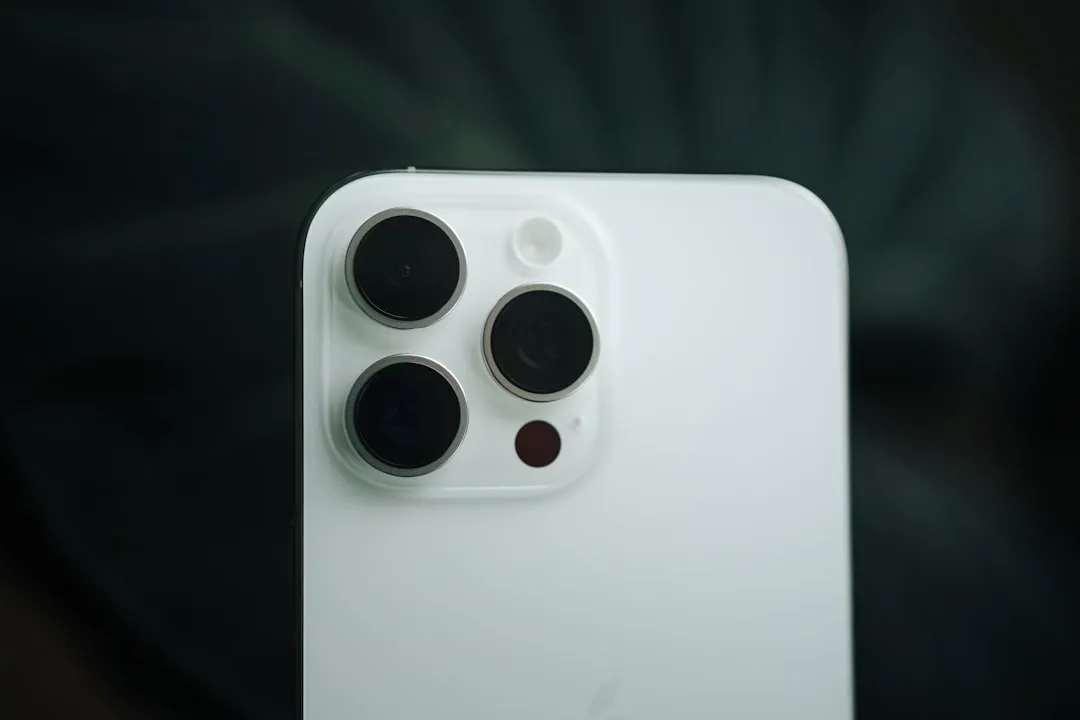

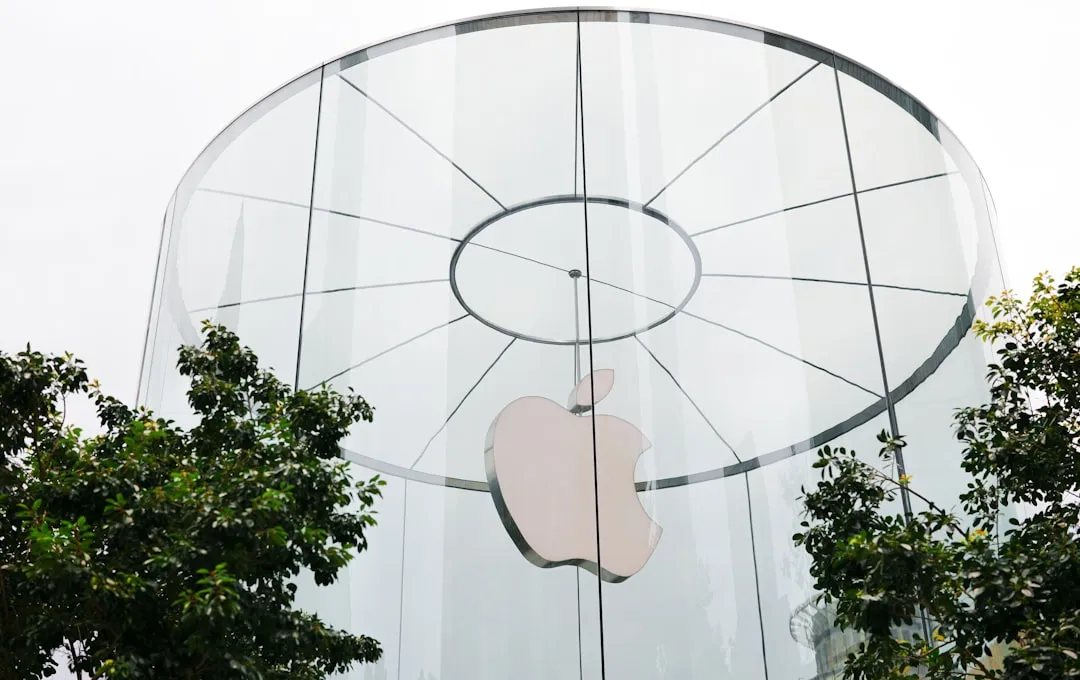

Comments
Be the first, drop a comment!